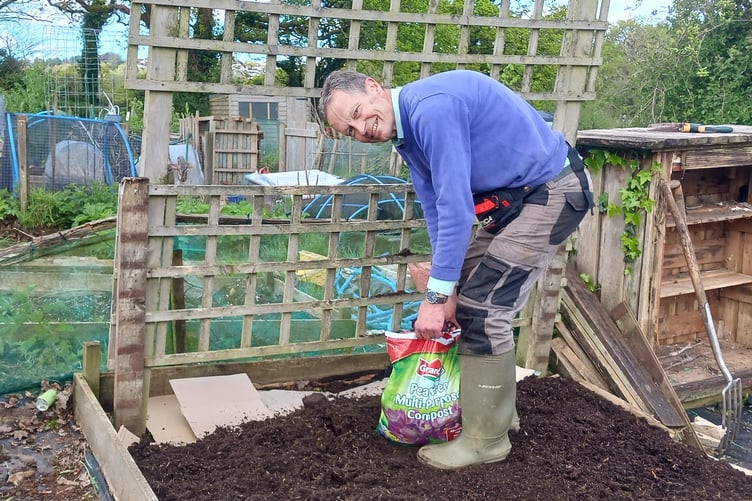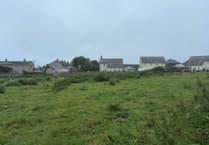I have been wanting to grow vegetables for myself for some time and so you can imagine how chuffed I was when we finally secured an allotment of our own. I had been thinking about the idea for some time and have gained a lot of useful experience from vegetable gardening with others in varied locations.
It is very exciting getting an allotment for the first time and it is far too easy to get carried away thinking about what you need and all the many vegetables you are going to grow.
We decided from the start that we wanted to recycle as much as possible and not spend out on lots of new wood for raised beds of which there are already some anyway. The allotment has been cultivated fairly recently and the soil appears to be very good. We are very fortunate here.
We spent just over a day clearing weeds from the existing paths and getting everything ready for growing. We have removed dock and dandelion weeds (because they are perennial and have deep tap roots) from the beds but otherwise existing weeds have been left in situ. We are keen to really disturb the soil as little as possible. The beds have been covered in cardboard and had some new compost put on top, in line with a 'no dig' approach that we are very committed to.
Everyone we have met has been ever so friendly. One person has already given us spare vegetable seeds to sow. Chatting together and sharing in this and other ways I am sure is an important part of the best allotment gardening.
Readily available woodchip is being used on top of all the paths and this should give a neat finish. We have collected nettles that are now soaking to make a concentrated nitrogen feed. We were pleased to find pretty comfrey plants growing and its leaves will be collected and used to make a high potash feed. We have erected three compost bins and these will be an important part of how we intend to garden and replenish the soil.
As I write the weather appears to be warming up but we are being cautious about planting out young vegetable plants immediately. We may undertake some direct sowing of vegetables shortly. What we will definitely be sowing as soon as possible is “green manure” seeds throughout the beds that will hopefully help prevent weeds growing and hold the soil together. Their flowers will look pretty and they will also attract pollinators. It will eventually be cut back with the roots remaining in the soil and the cuttings left on the surface to act as a mulch and feed the soil.
So we still have more work to do and we are keen to keep on top of everything. We see this new project as an opportunity to learn and adapt how we garden here as we continue to discover more and more about vegetable growing. We will also be observing and monitoring our patch; how warm and cold it gets, how much sun it receives and what vegetables grow best in the conditions we have.
Martin Pallett




.jpeg?width=209&height=140&crop=209:145,smart&quality=75)
Comments
This article has no comments yet. Be the first to leave a comment.